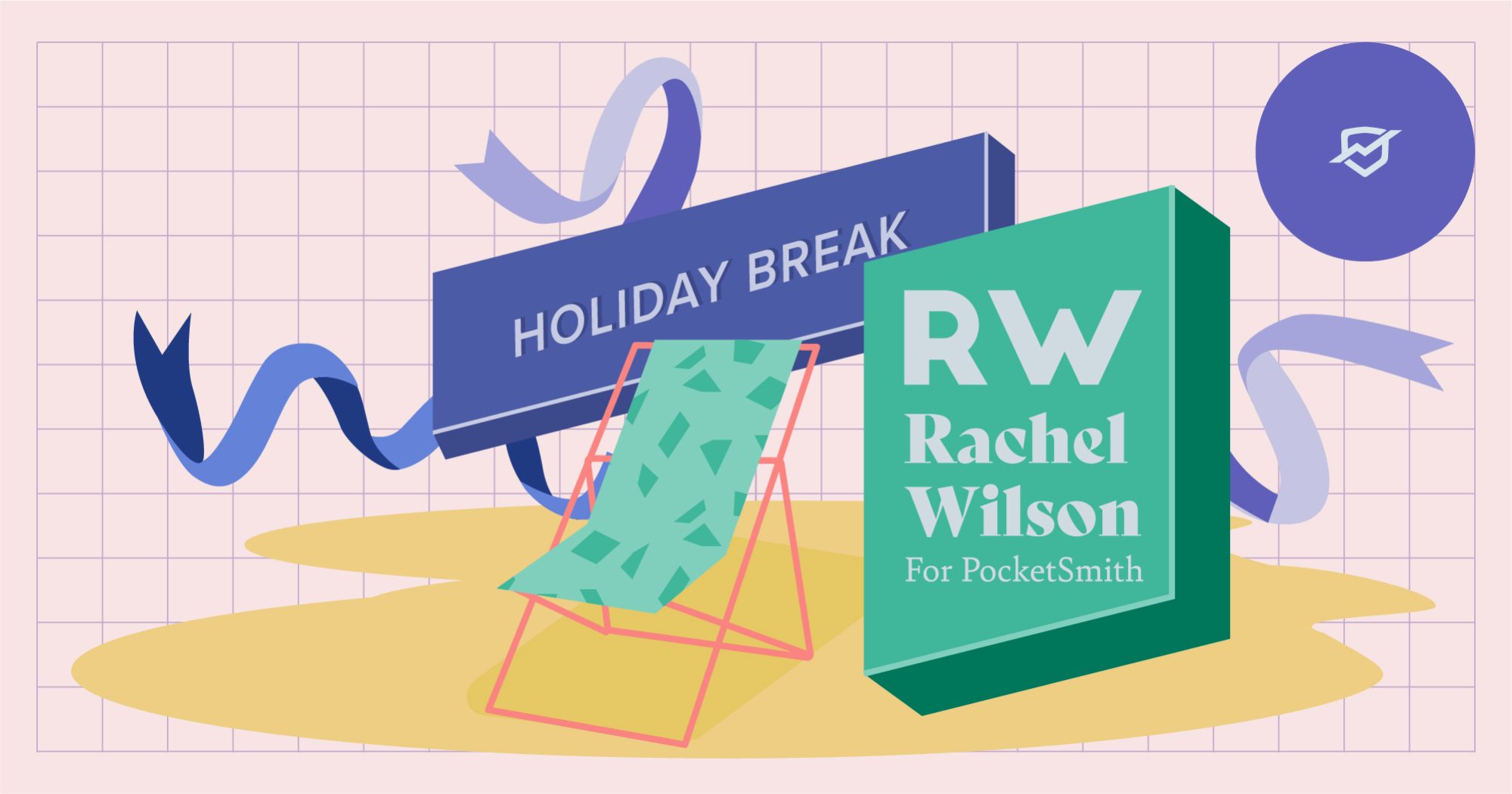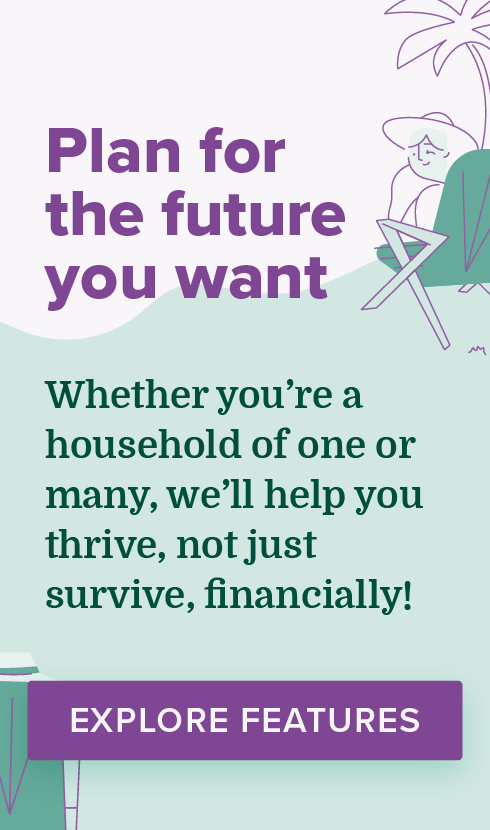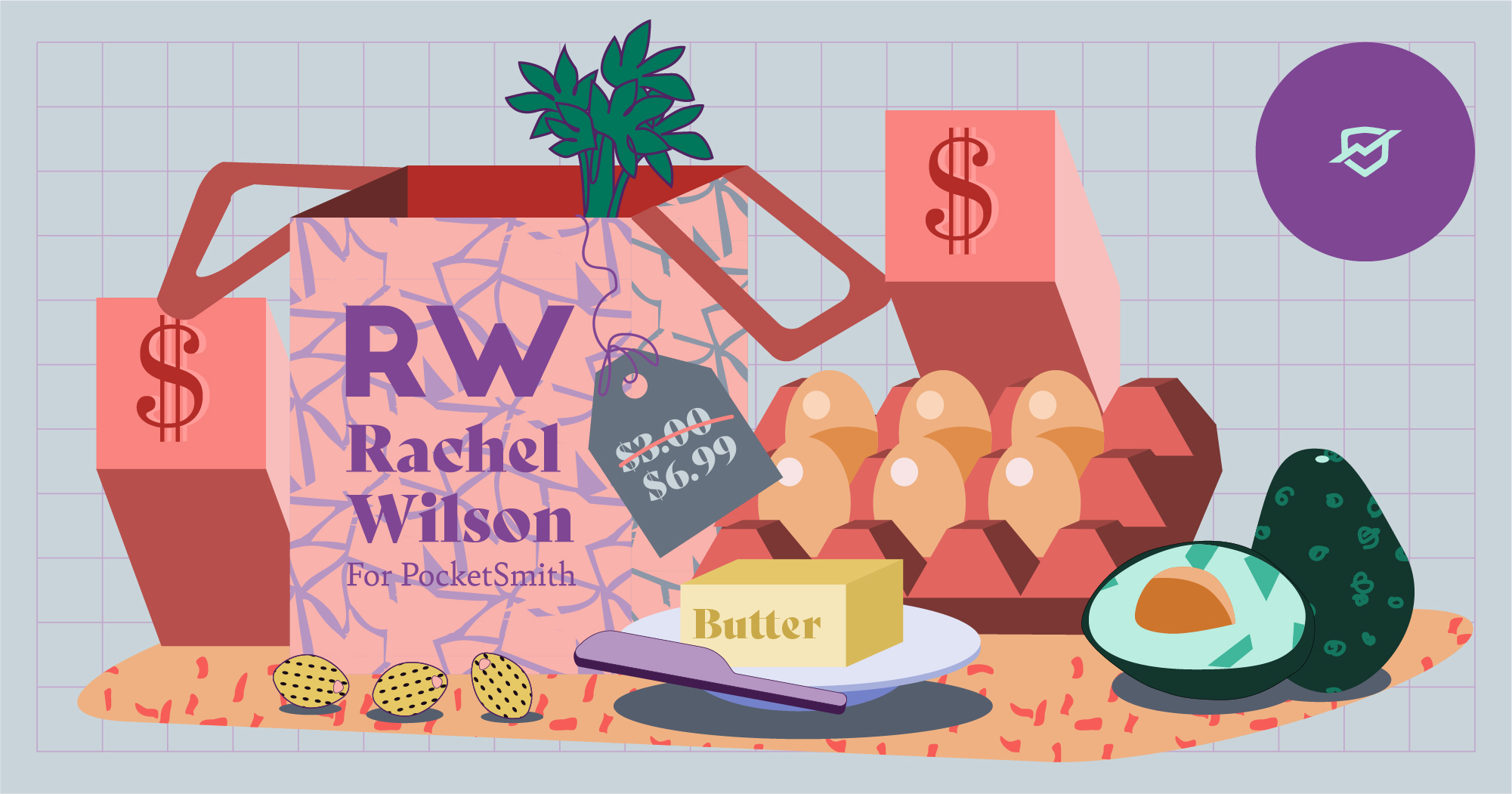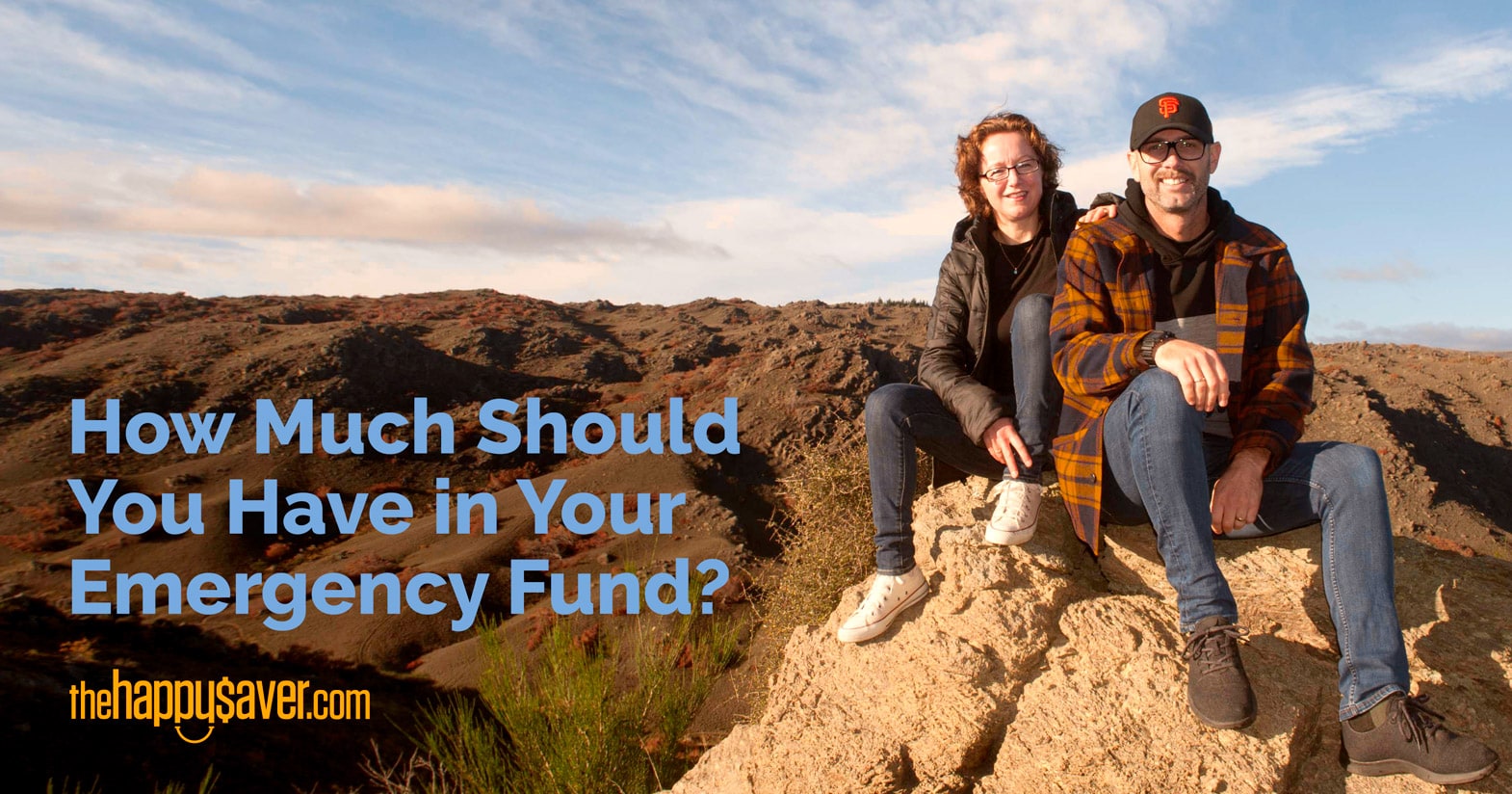Can I be real with you for a minute? I’ve been freelancing for eighteen months now, and in that time, I’ve learned a lot. There are things that aren’t ever a surprise, like filing business expenses or a client paying me three weeks late. And there are things that, no matter how prepared I think I am for them, always catch me off guard.
Like… well. The topic of this blog, for one.
Holiday period? What? But it was August last week!
Yeah, nah. Surprise!
Something similar happened to me last year. I’d had a steady nine-month growth curve in my work and was finally settling into a routine. I had a solid client base, I had regular-ish income (as regular as it ever is in freelancing), and my budget was, while by no means flush, enough to live on.
Then… wham, the emails started dropping into my inbox
Client 1: Just letting you know I’ll be on leave for six weeks over the summer break. We’ll pick back up in the first week of February.
Client 2: We need to wrap this project up before this date, as the office closes from then until January 16th.
And so on. Honestly? As a struggling freelancer who had just had my first glimpse of stable financial ground, my stomach dropped. Two months without income isn’t a fun place to be for anyone, let alone a sole trader — and over Christmas, to boot!
This year, I told myself it wouldn’t happen. This year, I was going to be prepared.
1. Use PocketSmith’s Calendar to plan ahead
I dove into my calendar and started planning for 2023, based on what had happened at the end of 2022. Every client is different. They’re on different schedules, and they plan their workloads differently. My budgets had to be similarly adaptive.
Blogging gigs: Monthly budgets to November with a conspicuously large gap through December and January.
Client A: Fortnightly budgets, recurring, with an end date set to close out in mid-December. This client tends to be irregular with his payments throughout the year, but he always clears his existing invoices before closing the office for the summer. We start the new year with a blank slate.
Client B: A two-week gap for the New Year, followed by a four-week bump, then we settle back to baseline. This client takes advantage of the Summer Slowdown to send me extra work, so January actually tends to be my busiest month for him.
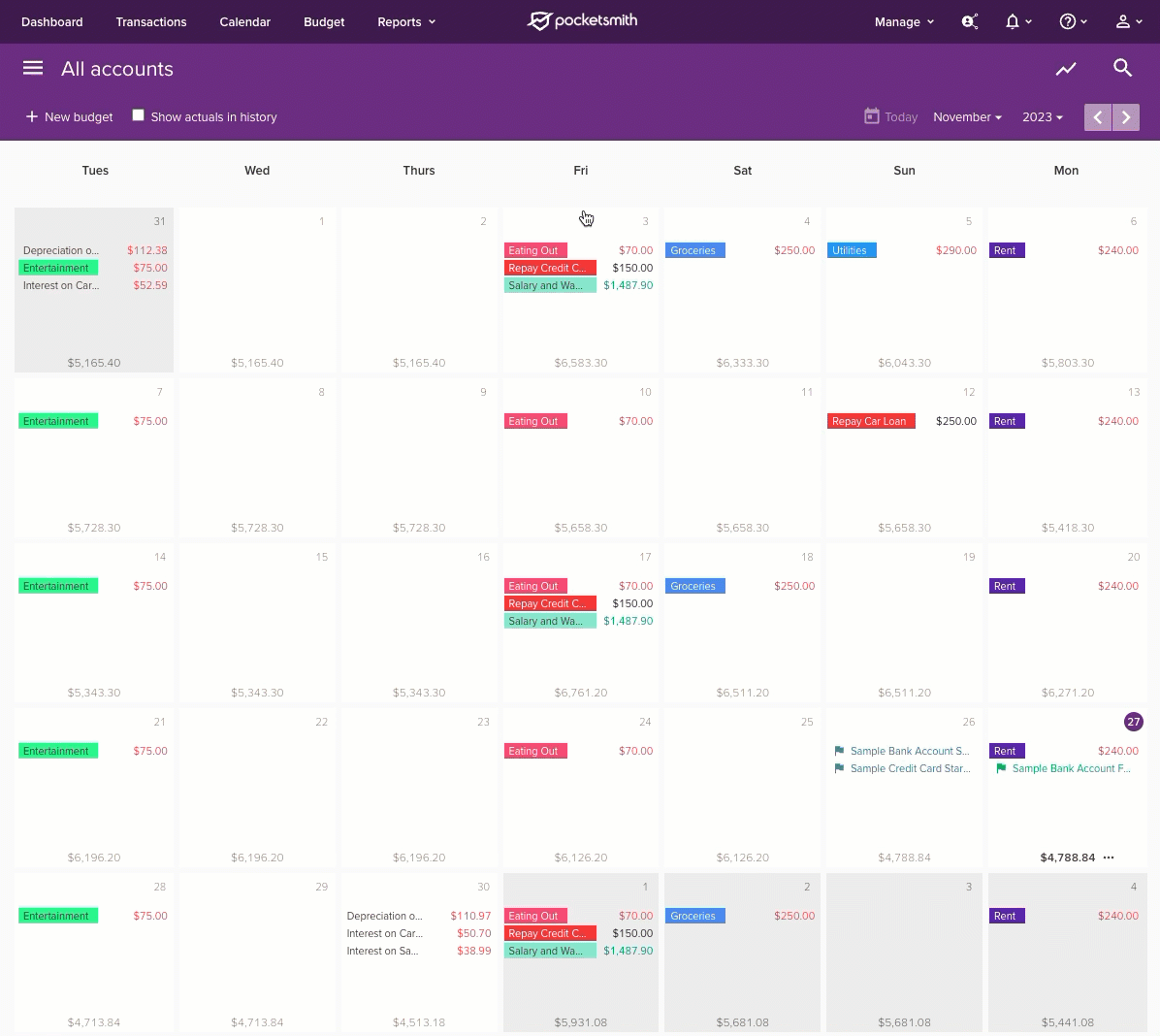
2. Communication is paramount
By September, I was looking at next quarter’s budgets and feeling that familiar prickle of unease at the weeks with no income budgeted. Time to get ahead of the curve.
One downside to living that #digitalnomadlife is that it’s too easy to start letting things slide. Like communication. Regular check-ins were always part of my schedule in New Zealand. They should have continued to be as a traveler of no fixed abode. But life is busy and, let’s face it, travel is an extra level of hectic. Still, it needed doing.
So I blocked out a chunk of my morning to dedicate to emails. It doesn’t have to be formal: A quick check-in, a reminder that you’re still there and happy to help. You don’t even have to mention the words “work” or “schedule”.
Hey, how is life for you? What do you have coming up in the next few months going into the New Year? Let’s touch base!
3. Ebb and flow
With a solid calendar plan and some email replies trickling in, I could look ahead and see what the holiday period would hold. It was quiet. Too quiet.
But that’s the nature of freelancing! There are good times and bad. It’s all ebb and flow. This is why we plan ahead: So we can spot the potholes before we hit them at full speed, and with any luck, we have another project lined up to fill that gap. It doesn’t have to be work-yourself-to-burnout feast and twiddle-your-thumbs famine. Not with a bit of planning and a steady client baseline.
Incidentally, it’s also why we harp on about the importance of an emergency fund — to mitigate the inevitable slowdown periods.
You can’t change the nature of the beast
Freelancing is a rollercoaster, and any rollercoaster is going to have ups and downs. But you can be smart about it. In a busy time, make sure you’re putting enough aside to cover your expenses during the next lean time. Rearrange your schedule to move a less time-critical project into the next holiday slump. Keep up that contact with clients: Believe me, they’ll appreciate it more than they’ll ever let on.
And hey — take advantage of the holiday slowdown to let yourself slow down, too. You’ve been grinding away at work all year. Step away from the desk. Enjoy some family time. You’ll come back refreshed and re-energized, and with some of your best ideas yet.
Trust me on that one.

Rachel E. Wilson is an author and freelance writer based in New Zealand. She has been, variously, administrator at an ESOL non-profit, transcriber for a historian, and technical document controller at a french fry factory. She has a keen interest in financial literacy and design, and a growing collection of houseplants (pun intended).

